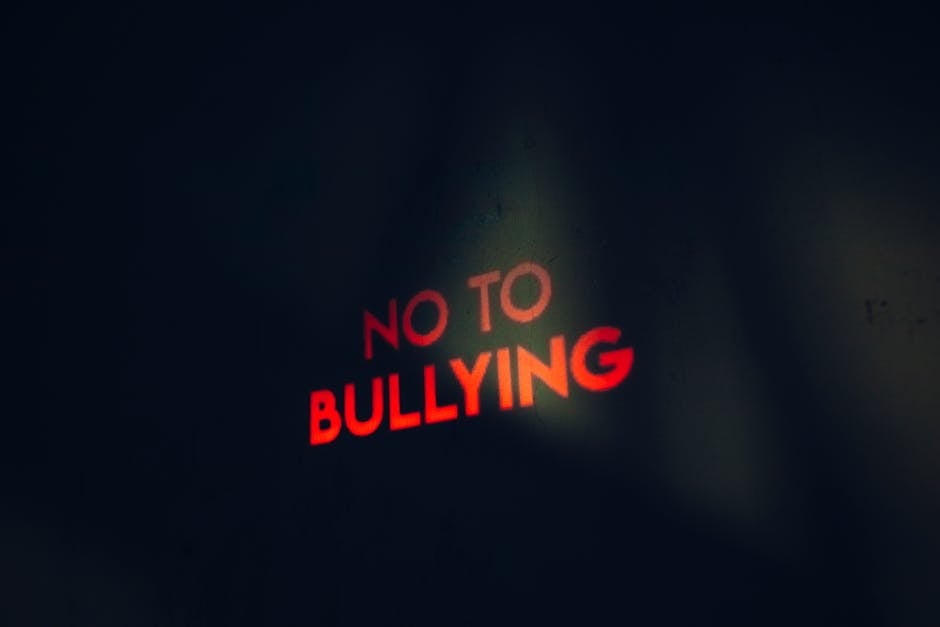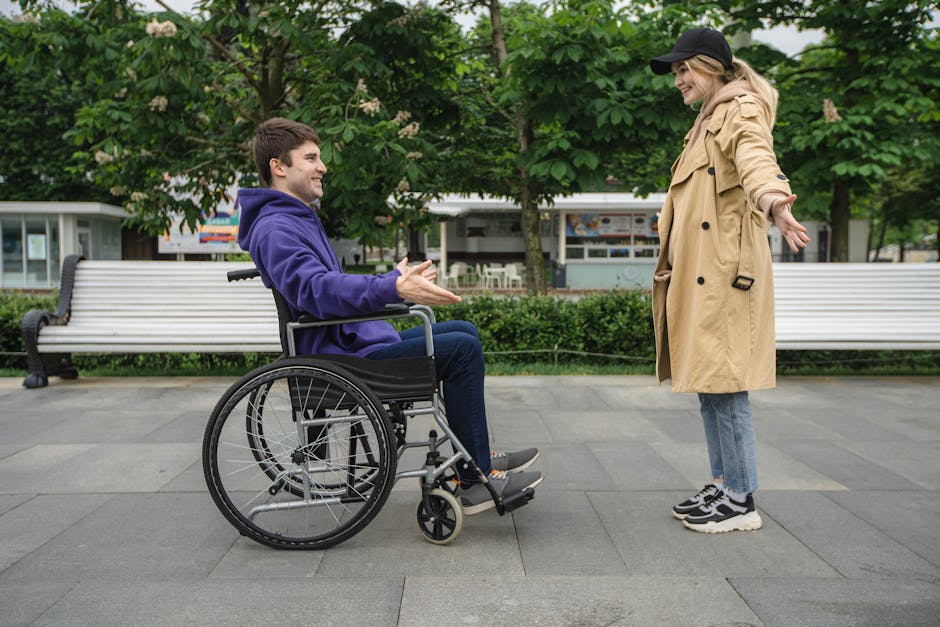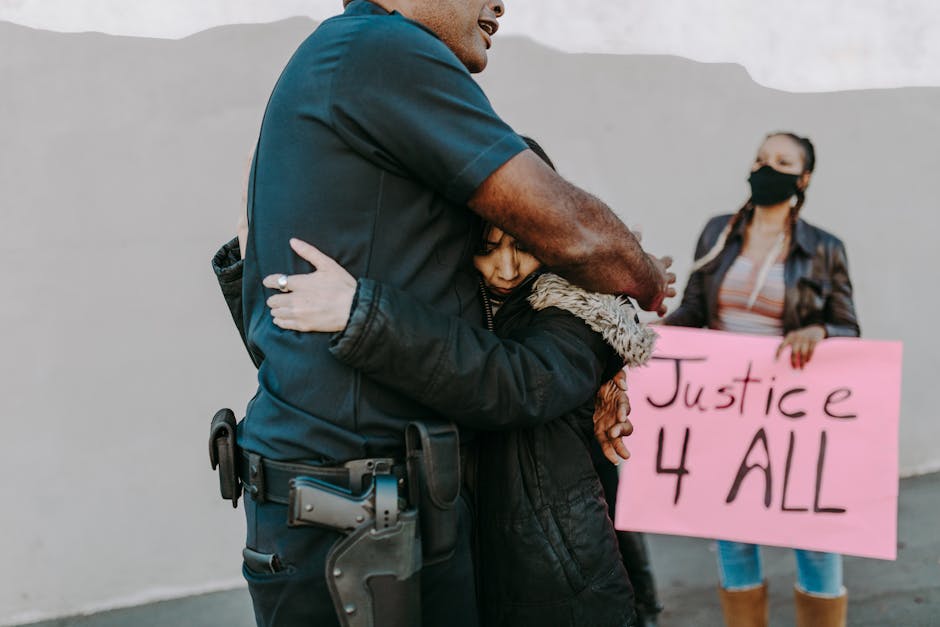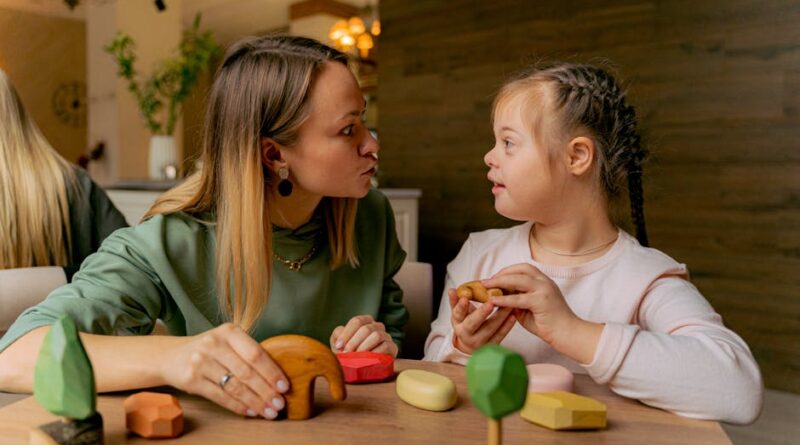Understanding the Role of Inclusivity in Activism
Hey there! Have you ever wondered why inclusivity is so important in activism? Let’s break it down in simple terms so you can understand how crucial it is for creating positive change in the world.
Why Does Inclusivity Matter in Activism?

Imagine you’re part of a group advocating for better education in your community. If only one type of person is leading the charge, how can they truly understand the diverse needs of everyone affected? Inclusivity ensures that all voices are heard and respected, leading to more effective solutions.
How Does Inclusivity Benefit Activism?

When different perspectives and experiences come together, it sparks creativity and innovation. Think of a puzzle – each piece is unique, but when they all fit together, the picture is complete. Inclusivity allows activists to see the bigger picture and address issues from all angles.
Real-Life Example: Environmental Activism

Let’s say a group is fighting to protect a local forest from deforestation. By including community members, scientists, indigenous groups, and policymakers in their efforts, they can develop a comprehensive plan that considers environmental, social, and economic factors. This inclusive approach increases the chances of success and builds stronger support.
How Can You Practice Inclusive Activism?

Start by actively seeking out diverse voices and perspectives. Attend events, engage with different communities, and listen with an open mind. Remember, inclusivity is not about tokenism – it’s about genuine collaboration and empowerment. Your goal is to create a more inclusive and equitable world for all.
Real-Life Example: LGBTQ+ Rights Activism
When advocating for LGBTQ+ rights, it’s essential to include individuals from various gender identities, sexual orientations, and backgrounds. By amplifying marginalized voices and centering their experiences, activists can push for policies and initiatives that truly serve the entire community.
Practical Tips for Inclusive Activism
1. Educate yourself on different perspectives and experiences.2. Actively seek out diverse voices and invite them to participate.3. Create safe spaces for open and honest discussions.4. Challenge your own biases and be willing to learn and grow.5. Prioritize intersectionality and understand how different forms of discrimination intersect.
By embracing inclusivity in activism, we can create a more just and equitable society. Remember, every voice matters, and true change comes from unity in diversity. So go out there, listen, learn, and stand together for a better future for all!




